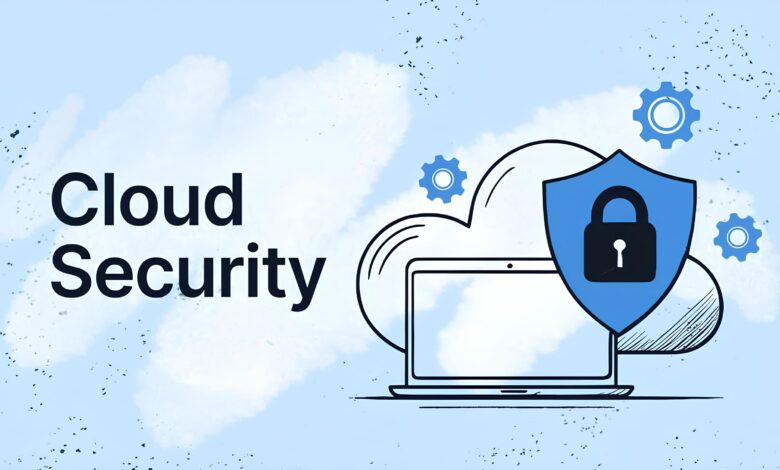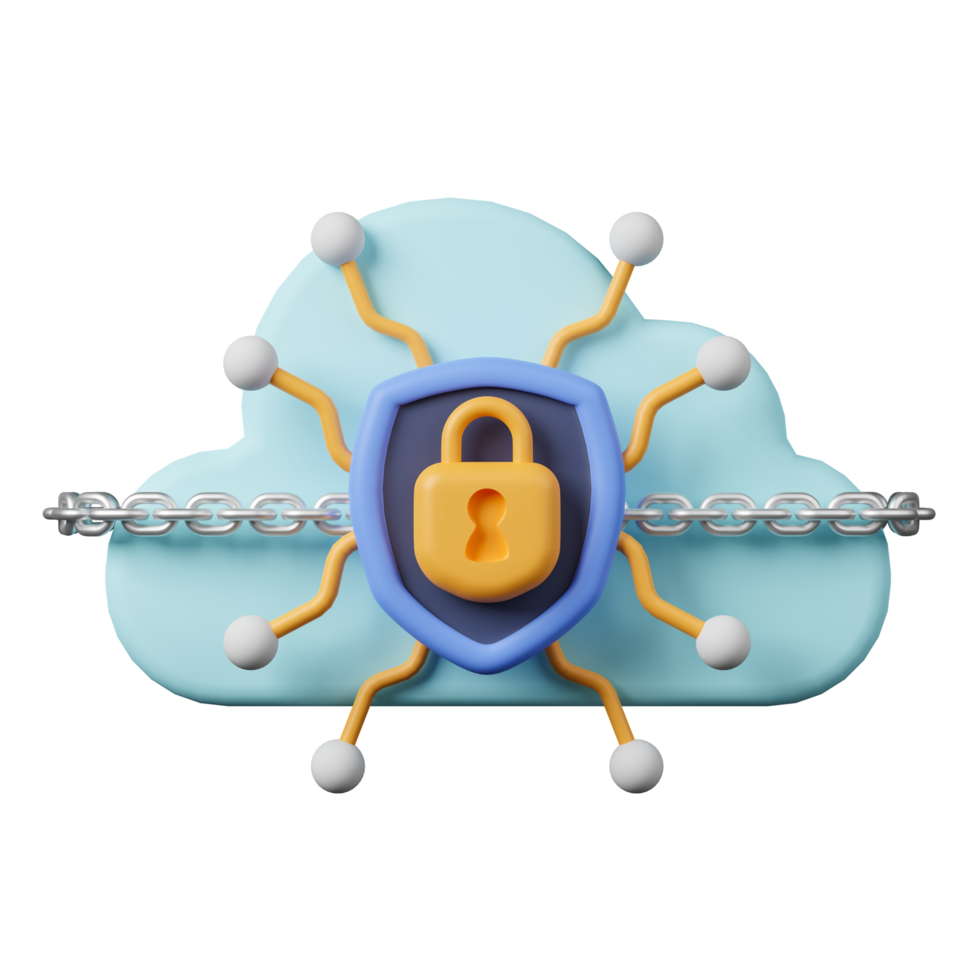
Why Cloud Security Matters More Than Ever
In today’s digital-first world, organizations rely heavily on cloud computing to store, process, and manage critical information. While the cloud provides scalability, flexibility, and cost efficiency, it also introduces significant risks. How to ensure data security in cloud computing has become one of the most pressing questions for IT leaders, business owners, and even individual users. Data breaches, unauthorized access, and compliance failures can result in devastating financial losses and reputational damage. Imagine waking up one morning to discover that your company’s confidential customer information has been exposed on the dark web. The cost isn’t just financial—it’s trust, credibility, and years of hard work.
That’s why mastering cloud data security isn’t optional—it’s essential. In this guide, we’ll explore the most effective strategies to secure your data in the cloud, from encryption to zero trust frameworks, giving you practical tools you can implement right away.
1. Understanding the Key Risks of Cloud Computing
Before implementing protective measures, it’s critical to understand the risks unique to cloud environments. Unlike on-premises systems, cloud storage is hosted on shared infrastructure that multiple clients access. This creates vulnerabilities such as:
- Data breaches caused by poor configurations or weak security controls.
- Insider threats, where employees misuse access privileges.
- Insecure APIs that open doors to malicious exploitation.
- Denial-of-service attacks, crippling access to vital resources.
- Compliance violations due to mishandling of sensitive data.
Understanding these risks isn’t about fear—it’s about preparation. Think of it like driving a car: you wear a seatbelt not because you expect an accident, but because you want protection if something unexpected happens. The same principle applies to cloud computing.
2. The Role of Encryption in Cloud Security
Encryption is the foundation of data protection. Simply put, encryption transforms readable data into unreadable code, ensuring that only those with the right keys can access it. In cloud computing, encryption applies in two critical stages:
- Data at Rest: Information stored in the cloud must be encrypted with strong algorithms like AES-256.
- Data in Transit: Data traveling between your device and the cloud provider should use secure protocols like TLS 1.3.
Additionally, businesses should consider end-to-end encryption, where only the sender and recipient can decrypt data—eliminating the risk of interception by service providers. Without encryption, sensitive data is like leaving your house unlocked; encryption is the digital equivalent of deadbolts, alarms, and security cameras.
3. Identity and Access Management (IAM)
Unauthorized access is one of the leading causes of cloud data breaches. This is where Identity and Access Management (IAM) comes into play. Key IAM practices include:
- Multi-Factor Authentication (MFA): Requiring more than just a password significantly reduces account takeover risks.
- Role-Based Access Control (RBAC): Employees should only access the data they need—no more, no less.
- Principle of Least Privilege (POLP): Limit permissions to minimize damage if an account is compromised.
Think of IAM as the bouncer at a nightclub. Not everyone gets in, and even those who do are restricted to certain areas. Without IAM, cloud systems become an open party where anyone can slip in unnoticed.
4. Continuous Monitoring and Logging
Data security isn’t a one-time setup—it’s an ongoing process. Cloud environments are dynamic, with new workloads and applications spinning up constantly. That’s why continuous monitoring and logging are essential.

- Security Information and Event Management (SIEM) tools detect anomalies in real-time.
- Automated alerts notify administrators of suspicious activities.
- Audit logs provide a detailed record for compliance and forensic investigations.
Monitoring is like having surveillance cameras in a store—you can’t stop every incident, but you can detect, respond, and prevent it from escalating. Without logs, identifying what went wrong during a breach is nearly impossible.
5. Backup and Disaster Recovery Planning
Cloud providers are resilient, but no system is invincible. A fire in a data center, cyberattack, or natural disaster could compromise your information. That’s why regular automated backups and disaster recovery (DR) plans are crucial.
Best practices include:
- Storing backups across multiple geographic locations (geo-redundancy).
- Running disaster recovery drills to test responsiveness.
- Implementing Recovery Time Objective (RTO) and Recovery Point Objective (RPO) metrics.
Imagine a company losing all its customer data in a ransomware attack. Without a backup, recovery is impossible. With a strong backup and DR plan, the company restores operations within hours, minimizing damage.
6. Compliance and Security Standards
Different industries face strict data protection laws. For example:
- Healthcare → HIPAA compliance.
- Finance → PCI DSS.
- Global businesses → GDPR.
Cloud providers often undergo independent audits (e.g., SOC 2, ISO 27001). However, compliance is a shared responsibility—just because your provider is certified doesn’t mean your configurations are. Organizations must align policies, documentation, and security practices with regulatory requirements.
7. Network Security in the Cloud
Network security controls act as the first line of defense against external threats. Effective practices include:
- Firewalls: Control traffic entering and leaving the network.
- Virtual Private Networks (VPNs): Encrypt remote access to cloud systems.
- Intrusion Detection and Prevention Systems (IDS/IPS): Detect malicious activities.
- Micro-segmentation: Divide networks into smaller zones to limit lateral movement.
Picture your network as a castle. Firewalls are the gates, VPNs are the hidden tunnels, and micro-segmentation is the separation of rooms inside the fortress—making it harder for invaders to move freely.
8. Zero Trust Architecture
Traditional security models assume everything inside the network is safe. Zero Trust flips this assumption—it verifies every user, device, and connection, regardless of location. Key elements include:
- Continuous authentication (not just at login).
- Device validation to ensure security posture.
- Adaptive access policies based on behavior and context.
Zero Trust is like airport security: even employees and frequent flyers go through screening every time. No exceptions.
9. The Human Factor: Training and Awareness
Even the strongest security infrastructure fails if employees don’t follow protocols. Phishing attacks, weak passwords, and negligence remain top causes of cloud breaches.
- Provide regular cybersecurity training for staff.
- Conduct phishing simulations to test awareness.
- Promote a culture of accountability around data security.
Think of it this way: your cloud system is a fortress, but your employees hold the keys. Training ensures they don’t accidentally hand those keys to the wrong person.
10. Building a Long-Term Cloud Security Strategy
Securing data in the cloud isn’t a one-time project—it’s a continuous strategy. Companies should:
- Conduct regular security audits.
- Update policies as new threats emerge.
- Invest in AI-powered threat detection.
- Foster collaboration between IT, compliance, and business teams.
The cloud will continue to evolve, with trends like quantum computing and blockchain shaping future security. Businesses that treat cloud security as an ongoing journey—not a checkbox—will thrive in this digital era.
What are the most frequently asked questions about the subject?
1. What is the biggest threat to data security in cloud computing?
Misconfigured cloud settings and unauthorized access are among the leading causes of breaches.
2. How does encryption protect cloud data?
Encryption ensures that even if data is intercepted, it remains unreadable without the proper decryption keys.
3. Is cloud security the provider’s responsibility?
Not entirely. Providers secure infrastructure, but customers must secure applications, access, and configurations.
4. What role does Zero Trust play in cloud security?
Zero Trust ensures that every request—inside or outside the network—is verified, reducing insider and outsider risks.
5. How often should companies back up their cloud data?
At least daily, with additional backups for mission-critical systems, depending on the recovery objectives.






